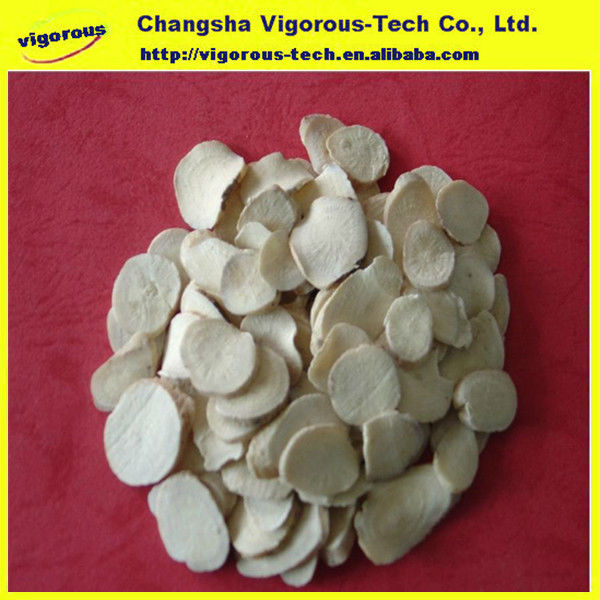- Extract Powder
-
- Fragrant Solomonseal Extract
- Elsholtzia Ciliata Extract
- Wormwood extract
- Red Radish Extract
- Arnica Extract
- Blue Lotus Extract
- Star Anise Extract
- Saxifraga Extract
- Red Bean Extract Powder
- Cistus Creticus Extract
- Luo Han Guo Extract Powder
- Saffron Extract
- Cranberry Extract
- Swertia Bimaculata Extract
- Ligustrum Extract
- White Willow Bark Extract
- Butterbur Extract
- Tongkat Ali Extract
- Grapefruit Extract
- Coix Seed Extract
- Carob Extract
- Lupinus Albus Extract
- Horse Chestnut Extract
- Kava Extract
- Dracocephalum Extract
- Olive Leaf Extract
- Lycoris Radiata Extract
- Schisandra Extract
- Scutellaria Extract Powder
- Semen Coicis Extract
- Sabah Snake Grass Extract Powder
- Phellinus Linteus Extract
- Lycium Extract
- Apple Extract
- Sophora Japonica Extract
- Lungwort Extract
- Acai Berry Extract
- Macleaya Cordata Extract
- instant green tea powder
- melissa officinalis extract
- dandelion extract
- ajuga turkestanica extract
- sesame extract
- rhodiola extract
- filipendula ulmaria extract
- chanterelle mushroom extract
- instant jasmine tea powder
- cistanche extract
- agaricus blazei extract
- agaricus bisporus extract
- agrocybe aegerita extract
- antrodia camphorata extract
- astragalus extract
- auricularia auricula extract
- bilberry extract
- black currant extract
- centella asiatica extract
- chlorella powder
- coprinus comatus extract
- cordyceps Extract
- coriolus versicolor extract
- desmodium extract
- Ecklonia Cava Extract
- epimedium extract
- eucommia extract
- evodia extract
- fenugreek extract
- fisetin extract
- flammulina velutipes extract
- fo-ti extract
- fucoxanthin extract
- ginkgo biloba extract
- ginseng extract
- grape seed extract
- graviola extract
- green coffee bean extract
- green tea l-theanine
- hawthorn extract
- hericium extract
- honeysuckle flower extract
- inonotus obliquus extract
- instant black tea powder
- kacip fatimah extract
- lovage extract
- luo han guo extract
- lutein extract
- lycium extract
- maitake mushroom extract
- mulberry extract
- muskroot extract
- olive leaf extract
- oolong tea extract
- phellinus linteus extract
- pine bark extract
- pomegrante extract
- polyporus umbellatus extract
- poria cocos extract
- pu erh tea extract
- pumpkin seed extract
- pleurotus eryngii extract
Pure Natural 10:1 white peony root extract

The peony is a flowering plant in the genus Paeonia, the only genus in the family Paeoniaceae. They are native to Asia, Europe and Western North America. Scientists differ on the number of species that can be distinguished ranging from 25 to 40, although the current consensus is 33 known species. The relationships between the species also need to be further clarified.
Most are herbaceous perennial plants 0.25-1 metre (0.82-3.28 ft) tall, but some are woody shrubs 0.25-3.5 metres (0.82-11.48 ft) tall. They have compound, deeply lobed leaves and large, often fragrant flowers, in colors ranging from red to white or yellow, in late spring and early summer.
Peonies are among the most popular garden plants in temperate regions. Herbaceous peonies are also sold as cut flower on a large scale, although generally only available in late spring and early summer.
The family name "Paeoniaceae" was first used by Friedrich KL Rudolphi in 1830, following a suggestion by Friedrich Gottlieb Bartling that same year. The family had been given other names a few years earlier. The composition of the family has varied, but it has always consisted of Paeonia and one or more genera that are now placed in Ranunculales. It has been widely believed that Paeonia is closest to Glaucidium, and this idea has been followed in some recent works. Molecular phylogenetic studies, however, have demonstrated conclusively that Glaucidium belongs in the Ranunculaceae family, Ranunculales order, but that Paeonia belongs in the unrelated order Saxifragales. The genus Paeonia consists of about 35 species, assigned to three sections:.. Moutan, Onaepia and Paeonia The section Onaepia only includes P. brownii and P. californicum The section Moutan is divided into P. delavayi and P. ludlowii, together making up the subsection Delavayanae, and P. catayana, P . decomposita, P. jishanensis, P. osti, P. qiui and P. rockii which constitute the subsection Vaginatae. P. subfruticosa is a cultivated hybrid swarm, not a naturally occurring species.
The remainder of the species belongs to the section Paeonia, which is characterised by a complicated reticulate evolution. Only about half of the species is diploid, the other half tetraploid, while some species both have diploid and tetraploid populations. In addition to the tetraploids, are some diploid species also likely the result of hybridisation, or nothospecies. Known diploid species in the Paeonia-section are P. anomala, P. lactiflora, P. veitchii, P. tenuifolia, P. emodi, P. broteri, P. cambedessedesii , P. clusii, P. rhodia, P. daurica ssp. mlokosewitschi. Tetraploid species are P. arietina, P. officinalis, P. parnassica, P. banatica, P. russi, P. peregrina, P. coriacea, P. mascula ssp. hellenica and ssp. mascula, and P. wittmanniana. Species that have both diploid and tetraploid populations include P. clusii, P. mairei and P. obovata. P. anomala was proven to be a hybrid of P. lactiflora and P. veitchii, although being a diploid with 10 chromosomes. P. emodi and P. sterniana are diploid hybrids of P. lactiflora and P. veitchii too, and radically different in appearance. P. russi is the tetraploid hybrid of diploid P. lactiflora and P . mairei, while P. cambedessedesii is the diploid hybrid of P. lactiflora, likely P. mairei, but possibly also P. obovata. P. peregrina is the tetraploid hybrid of P. anomala and either P. arietina, P. humilis, P . officinalis, P. parnassica or less likely P. tenuifolia, or one of their (now extinct) common ancestors. P. banatica is the tetraploid hybrid of P. mairei and one of this same group. P. broteri, P. coriacea, P. clusii, P. rhodia, P. daurica ssp. mlokosewitschi, P. mascula ssp. hellenica and ssp. mascula, and P. wittmanniana are all descendants of hybrids of P. lactiflora and P. obovata.

